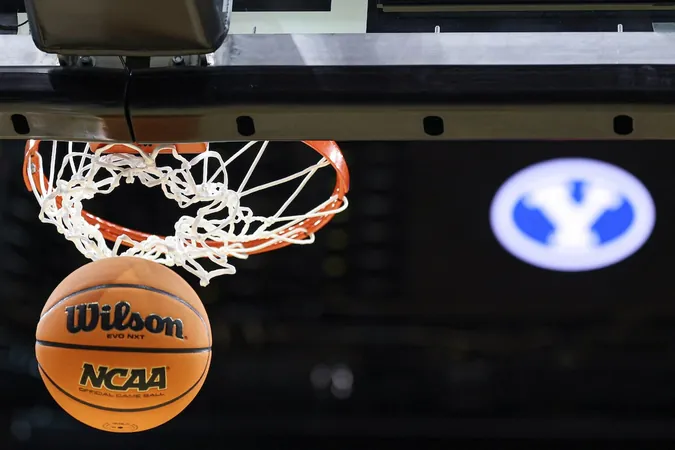
Game-Changer Alert: $2.8 Billion NCAA Settlement Shakes Up College Sports Forever!
2025-04-07
Author: Sophie
The world of college sports is on the brink of a monumental transformation as a California courtroom prepares to make a historic ruling on a landmark $2.8 billion settlement that could redefine the landscape of athletics in the U.S. Just as college basketball gears up to crown its next champion, the implications of this settlement hang in the balance.
U.S. District Judge Claudia Wilken is set to hold what could be the final hearing regarding this unprecedented agreement on Monday in Oakland, California. This settlement, stemming from a lawsuit that has lingered for five years, will permit universities to distribute up to $20.5 million each to their athletes. With Wilken having already granted preliminary approval, the anticipation surrounding final approval is palpable, especially with the expected testimony from notable figures, such as LSU gymnast Olivia Dunne, who will appear virtually.
This historic agreement marks a seismic shift in how money flows within college sports, with a planned rollout date of July 1. Universities are racing to create structured plans to adapt to this new reality. Florida's athletic director Scott Stricklin noted, "We’re going to have a plan going into July 1, then we’re probably going to spend the next year figuring out how good that plan is."
Named after Arizona State swimmer Grant House, the settlement consolidates three similar lawsuits against the NCAA and major conferences like the Southeastern, Big Ten, Atlantic Coast, Big 12, and Pac-12. NCAA President Charlie Baker praised the settlement as a vital leap for college athletics, emphasizing the need for schools to be more connected with student-athletes.
A fundamental aspect of the settlement mandates schools to allocate approximately 22% of their revenue from media rights, ticket sales, and sponsorships—an estimated $20.5 million in the first year—directly to athletes for using their names, images, and likeness (NIL). Additionally, NIL deals from third-party sources are set to remain, a practice that has fueled the massive changes in college sports over the past four years.
Under the new structure, a proposed "clearinghouse" will evaluate NIL deals exceeding $600 to ensure fairness in valuation. However, critics worry that this framework is merely an elaborate facade for pay-for-play arrangements, raising concerns about the future integrity of college athletics.
One of the most significant components of the agreement is the allocation of $2.8 billion in retroactive payments to athletes who competed between 2016 and 2024 without enjoying the full benefits of NIL. The compensation will favor football and basketball players, which has sparked controversy among smaller sports advocates.
Furthermore, the settlement introduces a shift from scholarship limits to roster limits, ensuring every athlete can qualify for a scholarship but reducing the total available slots. This change could result in winners and losers, with fears mounting that it may effectively eliminate the "walk-on" athlete and jeopardize smaller sports programs crucial for nurturing talent for the U.S. Olympic team.
As the college sports world holds its breath in anticipation of Judge Wilken's decision, the implications of this settlement promise to resonate far beyond the basketball court and into the future of collegiate athletics. The next chapter in the story of American sports is about to unfold, and fans, athletes, and universities alike stand on the edge of their seats. Will this be a new dawn for college athletes, or will the challenges of implementation overshadow the benefits? Stay tuned!
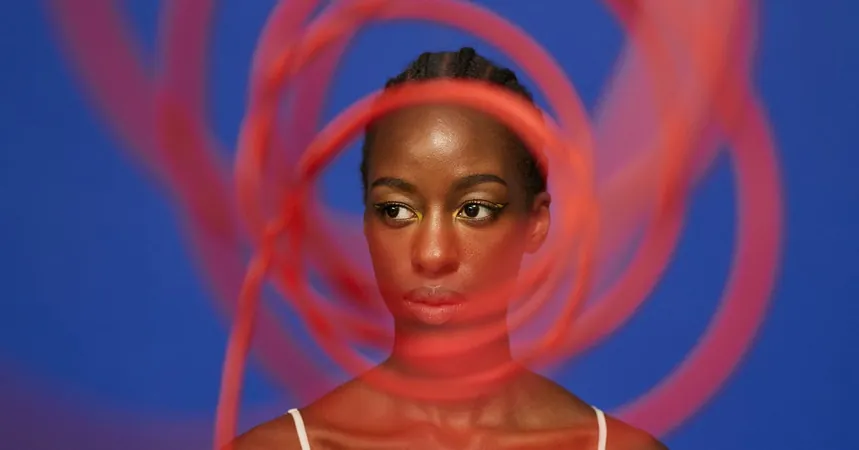

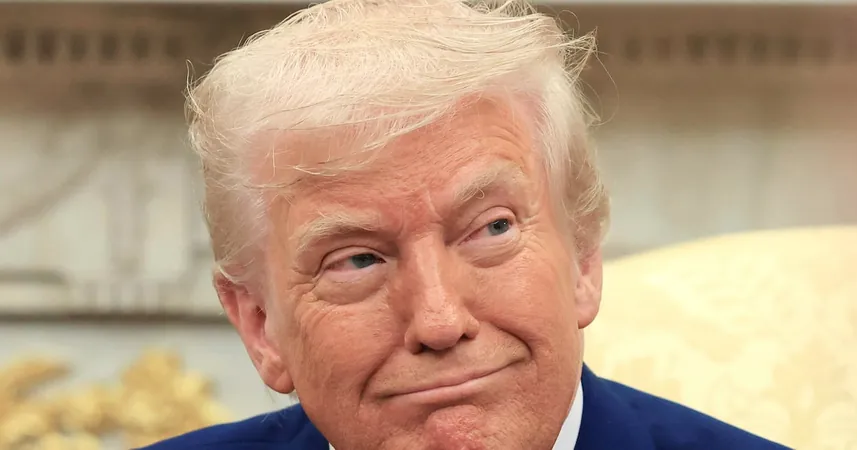
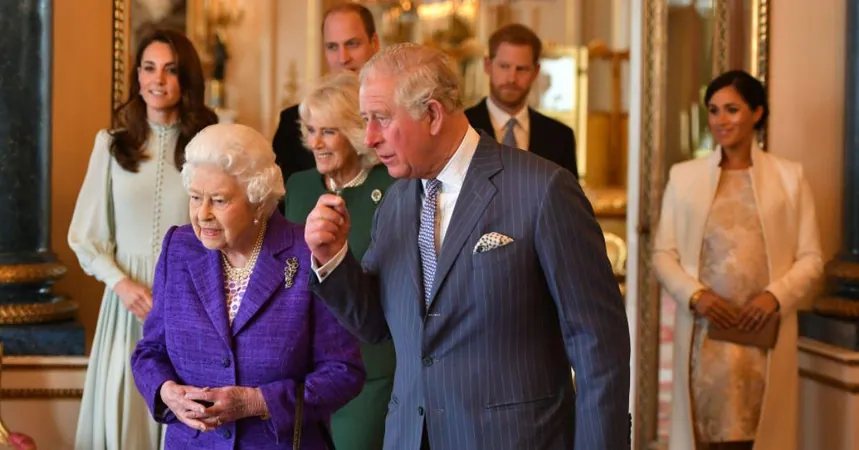



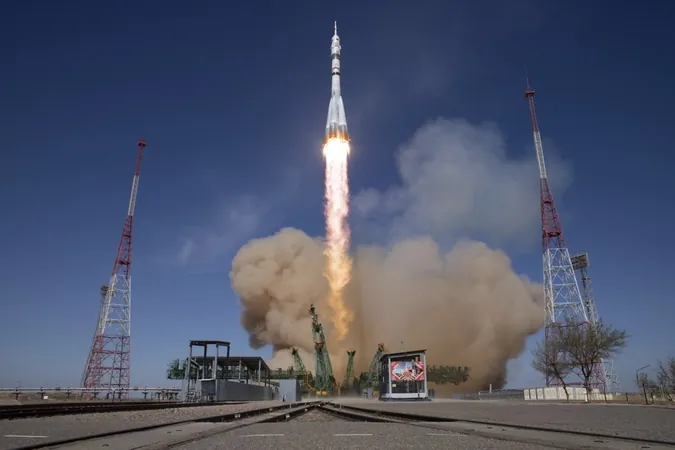

 Brasil (PT)
Brasil (PT)
 Canada (EN)
Canada (EN)
 Chile (ES)
Chile (ES)
 Česko (CS)
Česko (CS)
 대한민국 (KO)
대한민국 (KO)
 España (ES)
España (ES)
 France (FR)
France (FR)
 Hong Kong (EN)
Hong Kong (EN)
 Italia (IT)
Italia (IT)
 日本 (JA)
日本 (JA)
 Magyarország (HU)
Magyarország (HU)
 Norge (NO)
Norge (NO)
 Polska (PL)
Polska (PL)
 Schweiz (DE)
Schweiz (DE)
 Singapore (EN)
Singapore (EN)
 Sverige (SV)
Sverige (SV)
 Suomi (FI)
Suomi (FI)
 Türkiye (TR)
Türkiye (TR)
 الإمارات العربية المتحدة (AR)
الإمارات العربية المتحدة (AR)